Whether it is adding fence planters or building a trellis with grapevines, gardening enthusiasts do so much for their gardens but often the basic, yet important things get ignored. Apart from proper sunlight weather conditions and suitable soil, your plant also needs to have proper drainage to survive and thrive.
Now, how can you ensure proper drainage when you are planting your plant. in garden boxes? The only way to provide proper drainage in garden boxes is to have drainage holes. After all, without proper drainage, the roots of the plant might rot on standing in the wet soil for too long which in turn can degrade the health of your plant to an extent that it might die.
Why Garden Boxes or Pots Need Holes?
- Just like any other living being plants also need to breathe and they do it through their roots. It is the roots that help the plant exchange Oxygen and Carbon dioxide with the atmosphere. Now if the plant roots are sitting in water for too long the exchange path gets blocked, which will obviously affect your plant adversely.
- Root rotting in plants is a very common problem. when the roots of plants sit in water for too long, it starts to rot. If you spot yellow leaves on your plant and leaves that do not perk up when you water them, it is a sign of rotten roots. In this case, the roots of the plant turn brown and saggy.
- Another biggest reason for having holes in your garden boxes is to prevent salt build-up. Whether it is the tap water that you use to water the plant or the fertilizers, both things contain salt and when the water is absorbed by the roots a certain portion of the salt is left behind which gets accumulated in the soil. When your pots have proper drainage holes the salt is washed away with the next round of watering but without holes, the build-up keeps on increasing.
Excess salt is not good for your plant’s health, a big sign of excess salt build-up is when the leaves of your plant turn brown. If you ever spot brown leaves on your plant, you should know that there is a case of extreme salt build up and you should get rid of it immediately.
How To Make Pot Without Holes Suitable for Growing Plants?
You might already have a pot that you have specifically bought for your plant, and you want to use it for placing your plant in the living room but let us say that it does not have holes. What should you do in that case? After all, as we already discussed, your plant cannot survive without holes in pots.
In this case, you have two options: Either you can drill holes into the pot and make it suitable for your plant or you can use the double potting system.
In the double potting system, you take two pots, one which is for decorative purposes without holes and the second one is the proper plant pot that has holes in it. Then you place your plant in the small pot that has holes and places it in the larger pot. In this way, your plant will get a proper drainage system and you can also flaunt your new decorative pot.
Are Pots with Attached Saucers Good for Plants?
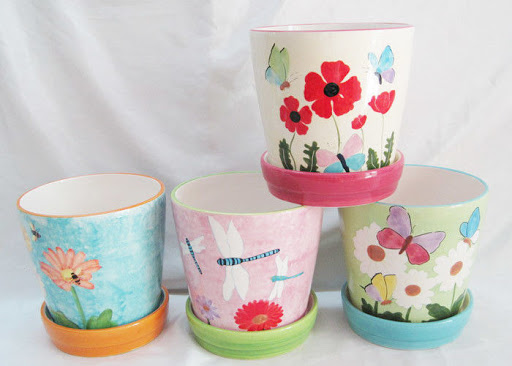
If you have shopped pots for your plants, we are pretty sure that you came across pots with attached saucers. The problem with permanently attached saucers is that draining the excess water in those becomes pots is almost impossible.
This can lead to a problem of water logging which in turn will deteriorate the health of your plant. So, when buying a pot with a saucer, it is always advisable to buy the ones whose saucers can be removed or detached easily.
So that was all about the importance of having proper drainage holes in gardening boxes. If you want your plants to have a healthy life then getting rid of the excess water is very important, after all, every living being needs to breathe and so does a plant.
Also, while preparing the soil mix, make sure you do not add a layer of gravel because, unlike the popular belief, it will block the drainage path adding to the problem of waterlogging.


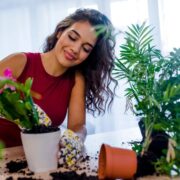
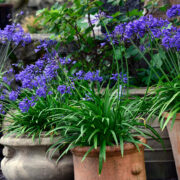
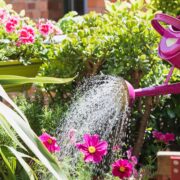

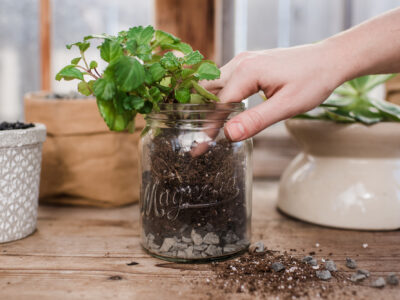
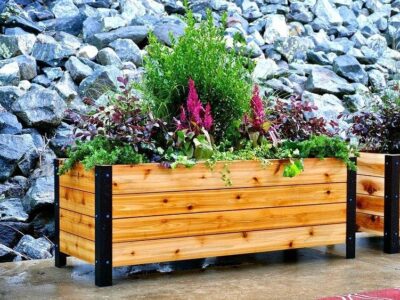
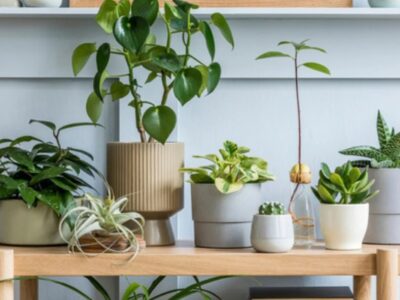
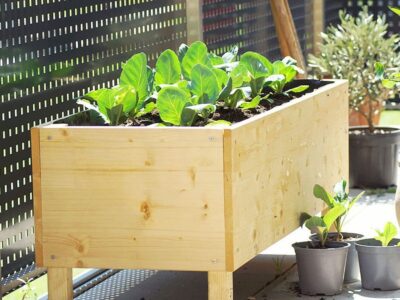
Comments